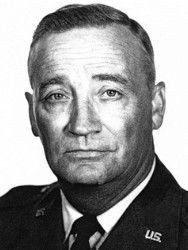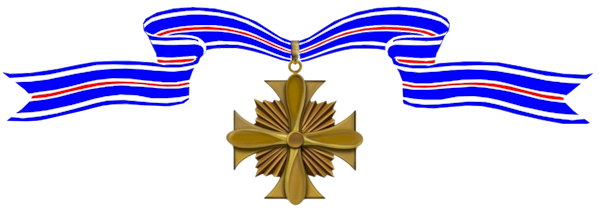During World War II, Willie Jackson became a U.S. Army Air Forces ACE, credited with shooting down 7 enemy aircraft in aerial combat. After the war he transferred to the new U.S. Air Force, and retired in 1967 as a Colonel.

–
Born:
,
Home:
,
Awards Received
-

Silver Star
-
Silver Star
Service:
United States Army Air ForcesRank:
Lieutenant Colonel (Air Corps)Regiment:
352d Fighter GroupDivision:
8th Air ForceAction Date:
April 16, 1945
Headquarters, 8th Air Force, General Orders No. 80 (May 28, 1945)The President of the United States of America, authorized by Act of Congress July 9, 1918, takes pleasure in presenting the Silver Star to Lieutenant Colonel (Air Corps) William Otto Jackson, Jr. (ASN: 0-424754), United States Army Air Forces, for gallantry in action against the enemy while serving as Pilot of a P-51 Mustang Fighter Airplane of the 352d Fighter Group, EIGHTH Air Force, in action on 16 April 1945. After escorting bombers to the objective, Colonel Jackson led a group of P-51 fighters in search of strafing targets. Locating an airdrome with approximately seventy (70) parked planes, he quickly sized up the tactical situation and made a daring pass over the field to draw fire from the gun emplacements. Although his plane sustained numerous hits, Colonel Jackson, completely ignoring the terrific ground fire, made seven (7) successive sweeps across the airdrome before withdrawing. The fact that his group destroyed forty (40) and damaged twenty-seven (27) enemy aircraft, four (4) of which were personally destroyed by Colonel Jackson, is an outstanding tribute to his combat skill, courage, and brilliant leadership.


